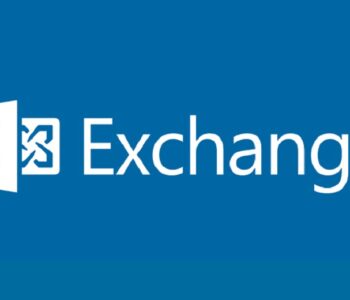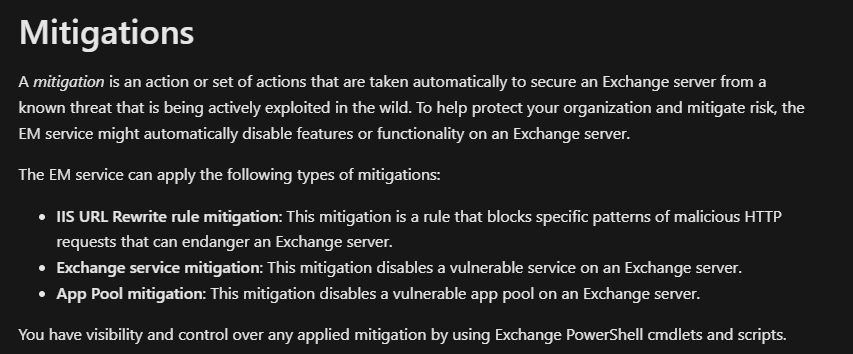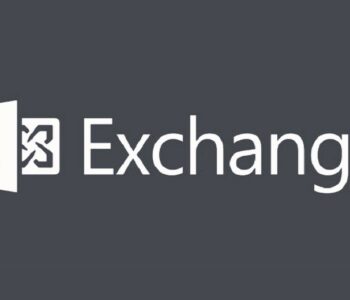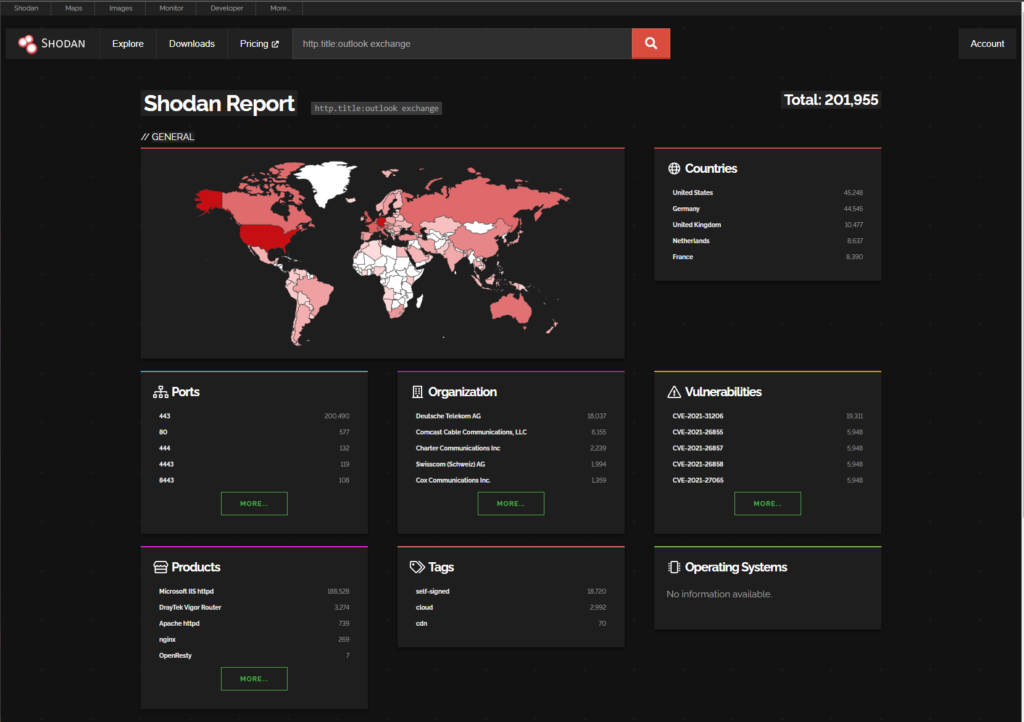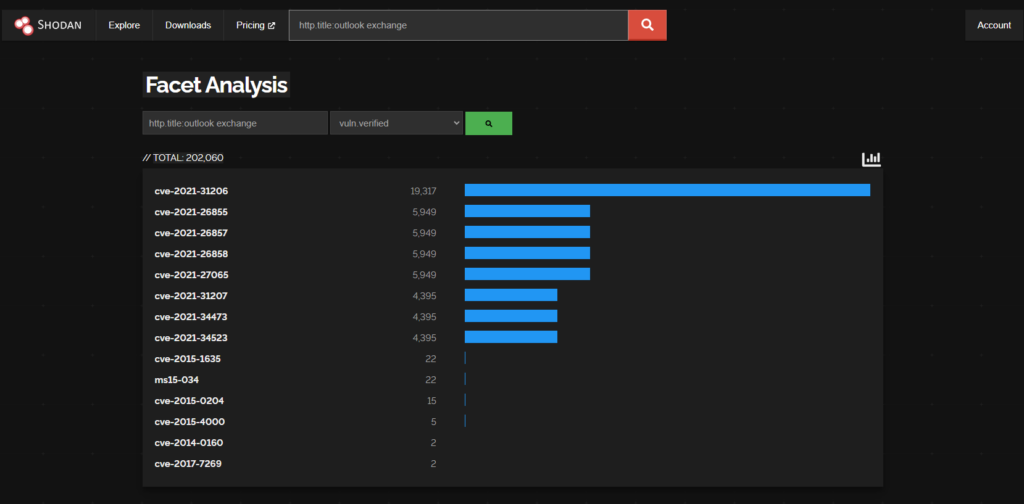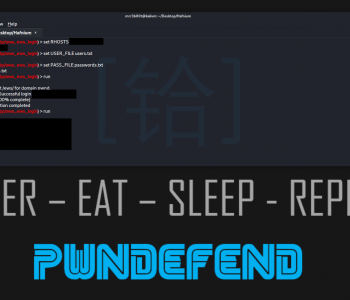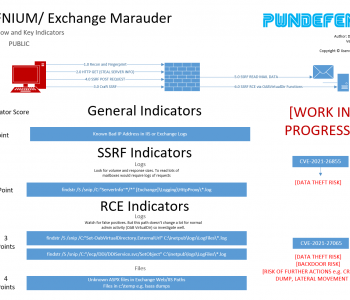 Defense
Defense
Minimum Data Requirements for Investigating Email Mailbox Compromise
When a suspected email mailbox compromise is reported, initiating an investigation promptly is critical. However, to ensure the investigation is effective, certain minimum intelligence requirements must be met. This blog outlines the bare minimum data needed to start investigating a suspected email mailbox compromise, whether the intelligence comes from an internal team or a third-party source.
Read more “Minimum Data Requirements for Investigating Email Mailbox Compromise”
